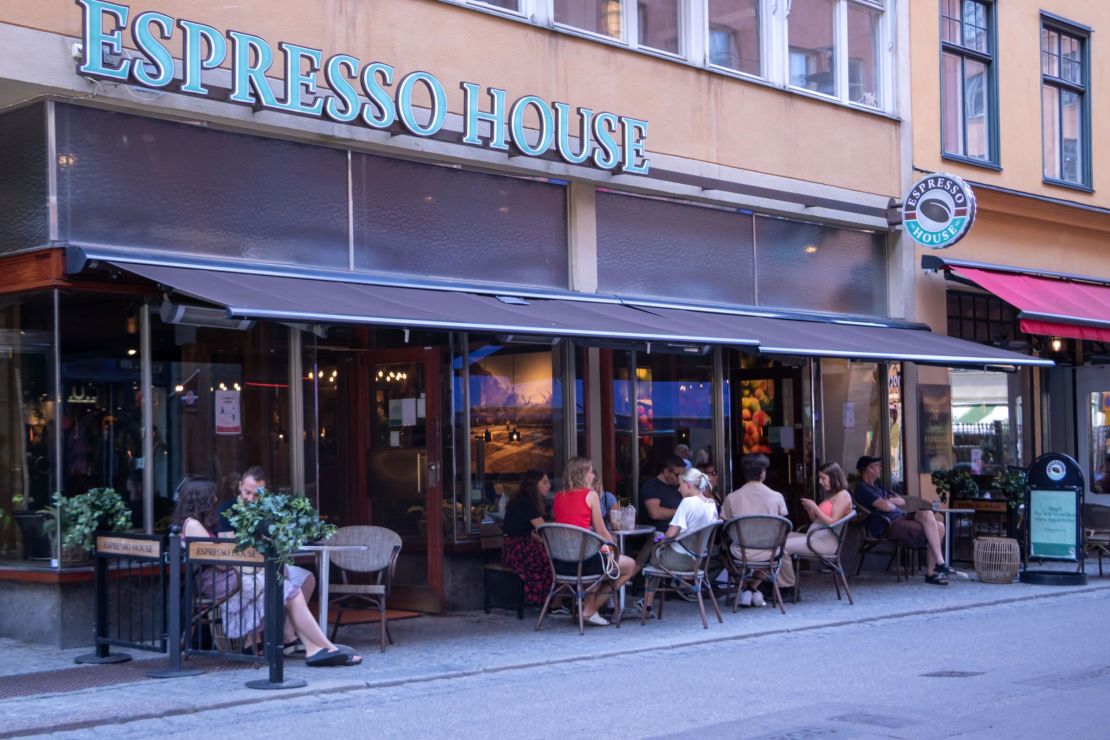Sweden recorded its highest death tally in 150 years for the first half of 2020, according to the country’s official statistics office.
Between January and June this year, 51,405 deaths were registered – more than 6,500 fatalities (or 15%) over the same period in 2019.
This is the highest number of deaths in Sweden during the first half of the year since 1869, when the country was struck by famine and 55,431 people died.

The country also experienced the lowest population increase since 2005, with a surplus figure of 6,860 in 2020 that was less than half that of the previous year.
Immigration figures saw a reduction of 34.7% from the same period in 2019, with the figures primarily dropping in the second quarter between April and June.
Unlike most countries, Sweden did not go into a lockdown when the pandemic spread across Europe in early spring. Instead, there was an emphasis on personal responsibility, with most bars, schools, restaurants and salons remaining open.
Despite the more relaxed approach, only 7.3% of people in Stockholm had developed the antibodies needed to fight the disease by late April – well below the 70-90% needed for herd immunity.
By early June, the country’s coronavirus death toll was at more than 4,500. According to Johns Hopkins University, it now stands at 5,802.
Much of the criticism around Sweden’s response has focused on the high death rates in care homes. Sweden’s chief epidemiologist Anders Tegnell admitted in June that the country’s Public Health Agency “didn’t know that there would be such a big potential for the disease to spread in elderly care homes, with so many deaths.”

But he told Swedish newspaper Dagens Nyheter: “There are things that we could have done better but in general I think that Sweden has chosen the right way.”
In an interview with CNN’s Christiane Amanpour in July, Tegnell again defended the country’s approach. “I think that we still believe the strategy has served us very well in many different aspects,” he said.
“I know that the death toll is very high. It’s not extremely high if you compare it to countries like Belgium, Netherlands, or UK, which are countries which in many ways have a much more similar epidemic than our neighboring Nordic countries.
“There is really no proof that saved people in long-term care facilities in Sweden.”
He said that when the authorities saw the problems in care homes, advice was distributed and cases dropped quickly and were now almost at zero.
Tegnell on Thursday explained that Sweden was not recommending the use of face masks, which are considered key to reducing the spread of the virus by many other countries, because they could encourage people to take more risks.
“It is very dangerous to believe face masks would change the game when it comes to Covid-19,” Tegnell told the Financial Times.
“Face masks can be a complement to other things when other things are safely in place. But to start with having face masks and then think you can crowd your buses or your shopping malls – that’s definitely a mistake,” he added.
Sweden has also paid a heavy economic price, despite not locking down. Hospitality and tourism businesses told CNN they had taken a huge hit, and manufacturers have been cut off from international supply chains.
Nearly 50% of the country’s economy is largely built on exporting goods overseas, and the global crisis has destroyed international demand.
Sweden’s economy is predicted to contract by more than 5% with hundreds of thousands losing jobs.




















